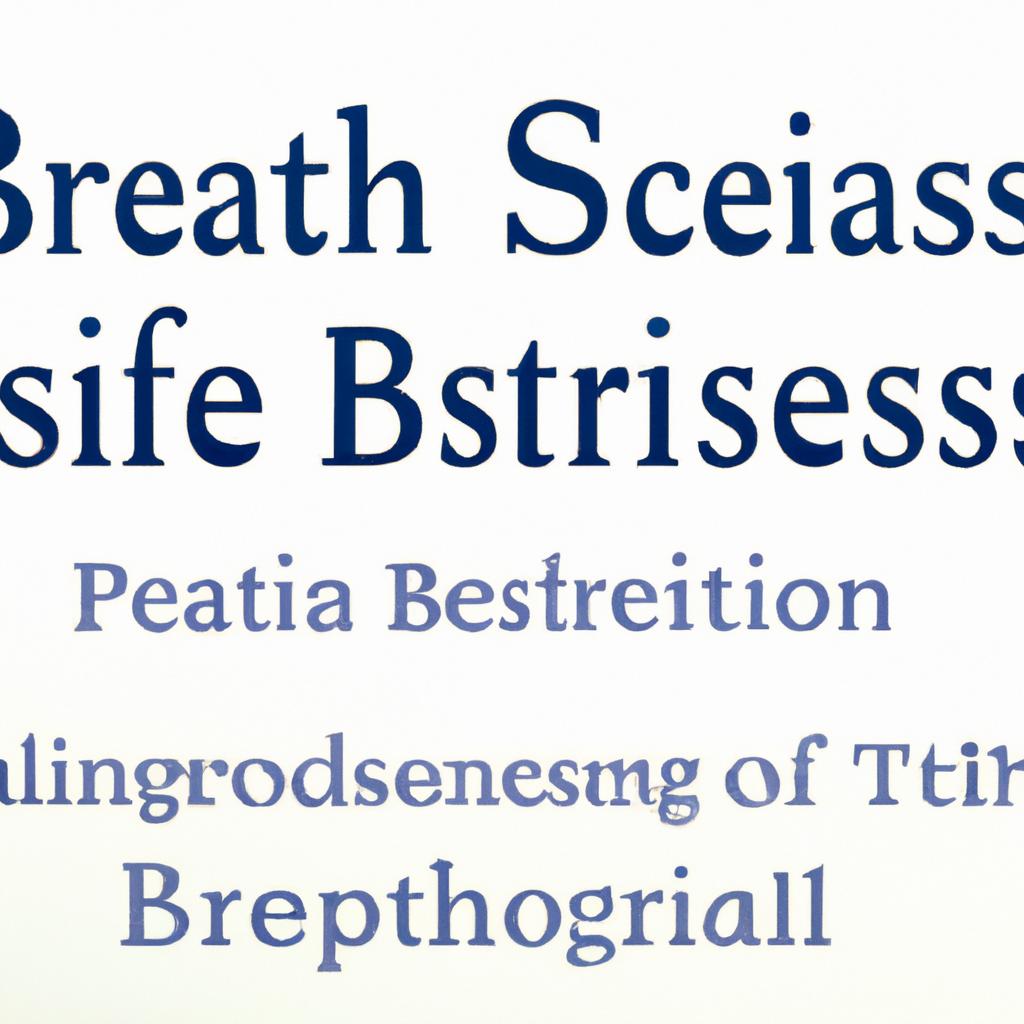**”The Breath of Life: Exploring the Physiological Benefits of Diaphragmatic Breathing for Stress Reduction and Enhanced Physical Performance”**
# The Breath of Life: Exploring the Physiological Benefits of Diaphragmatic Breathing for Stress Reduction and Enhanced Physical Performance
In our fast-paced, modern world, stress often feels like a constant companion. Between work deadlines, family obligations, and the ever-present demands of daily life, it can be easy to overlook a fundamental aspect of our well-being—our breath. Diaphragmatic breathing, often referred to as “abdominal” or “belly” breathing, is a technique that can transform how we manage stress and enhance our physical performance. By engaging the diaphragm effectively, we not only improve our oxygen intake but also trigger a cascade of physiological benefits that can help us lead healthier, more balanced lives.
## Understanding Diaphragmatic Breathing
### What is Diaphragmatic Breathing?
Diaphragmatic breathing involves fully engaging the diaphragm, a dome-shaped muscle located beneath the lungs. Unlike shallow chest breathing, which many people resort to during stressful moments, diaphragmatic breathing allows for deeper inhalation and more complete exhalation. This technique helps to maximize oxygen exchange and promotes relaxation, making it an essential skill for stress management and physical performance enhancement.
### How to Practice Diaphragmatic Breathing
Practicing diaphragmatic breathing is simple yet effective. To get started, find a comfortable position—either sitting or lying down. Place one hand on your chest and the other on your abdomen. As you inhale deeply through your nose, focus on expanding your diaphragm rather than your chest. Feel your abdomen rise while your chest remains relatively still. Exhale slowly through your mouth, allowing your abdomen to fall. Aim for 5 to 10 minutes of practice daily to experience the full benefits.
## Health Benefits of Diaphragmatic Breathing
### Stress Reduction
One of the most significant benefits of diaphragmatic breathing is its ability to reduce stress levels. When we engage in this form of breathing, we activate the parasympathetic nervous system, which counteracts the stress-induced “fight or flight” response. This leads to lower heart rates, reduced cortisol levels, and a sense of calmness.
### Enhanced Physical Performance
Diaphragmatic breathing can also improve athletic performance. By ensuring that the lungs are fully inflated, this technique maximizes oxygen intake, which is crucial for endurance and stamina. Athletes who incorporate diaphragmatic breathing into their routines often report improved energy levels and reduced fatigue during prolonged physical activities.
### Improved Mental Clarity and Focus
Breath control is closely linked to mental clarity. By practicing diaphragmatic breathing, we can enhance our focus and cognitive function. Increased oxygen supply to the brain can lead to sharper thinking and improved decision-making, making it an invaluable tool for students and professionals alike.
## Nutrition Tips
To support your diaphragmatic breathing practice, consider the following nutrition tips:
1. **Stay Hydrated**: Water is vital for maintaining optimal lung function. Aim for at least eight glasses of water daily to keep your body hydrated.
2. **Balanced Diet**: Incorporate a variety of fruits, vegetables, whole grains, and lean proteins to provide the essential nutrients that support respiratory health.
3. **Limit Caffeine and Sugar**: These substances can increase anxiety and disrupt your ability to breathe deeply. Opt for herbal teas or naturally sweetened snacks instead.
4. **Omega-3 Fatty Acids**: Foods rich in omega-3s, such as salmon and walnuts, have anti-inflammatory properties that can benefit lung health and overall well-being.
## Exercise Advice
To further enhance the benefits of diaphragmatic breathing, integrate specific exercises into your routine:
1. **Yoga**: Many yoga practices emphasize breath control and diaphragmatic breathing. Poses like Child’s Pose and Cat-Cow stretch encourage deep breathing and relaxation.
2. **Pilates**: This form of exercise focuses on core strength and breath awareness, making it an excellent complement to diaphragmatic breathing.
3. **Aerobic Activities**: Engage in activities such as running, swimming, or cycling, where you can practice diaphragmatic breathing to maximize your oxygen intake and improve endurance.
## Conclusion
Incorporating diaphragmatic breathing into your daily routine can yield significant physiological benefits, including stress reduction, enhanced physical performance, and improved mental clarity. By prioritizing this simple yet powerful technique, along with mindful nutrition and exercise, you can unlock your body’s potential to thrive in a demanding world. Embrace the breath of life, and you will find not only greater calmness but also a pathway to achieving your physical and mental best.















Post Comment